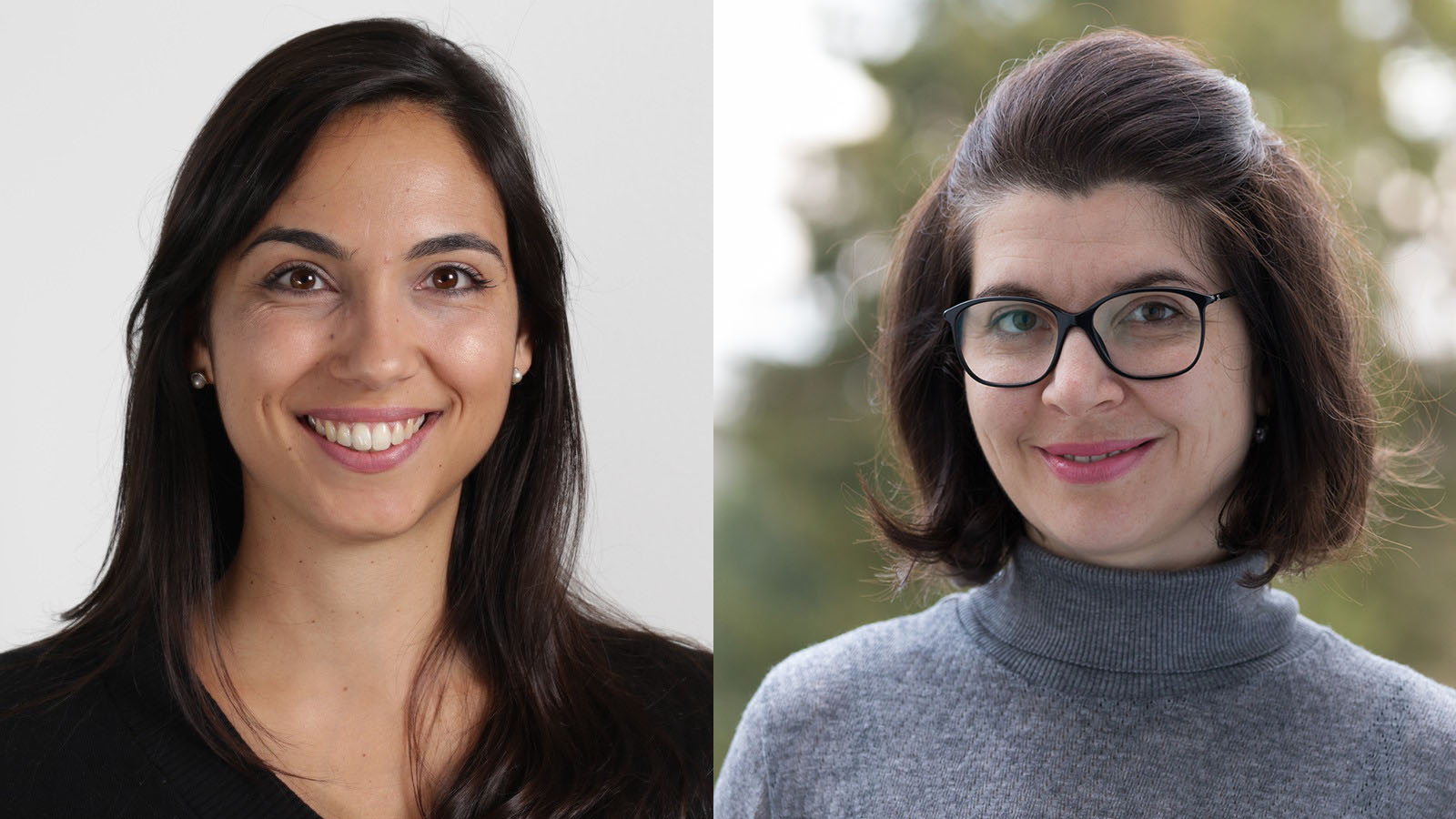Congratulations to Future Research Leaders, Iolanda Leite and Marina Petrova!

The Swedish foundation for Strategic Research has awarded
Iolanda Leite and Marina Petrova the Future Research Leaders grant. They will each receive 12 million SEK to use in their research during a 5 year period.
Congratulations! How does it feel to receive this grant?
Iolanda Leite: "I am quite happy mostly because this is not just a “typical” grant, but also a leadership program."
Marina Petrova: "Extremely happy and relieved. It is a great honour to be selected among the 20 researchers getting the grant. It was a very competitive call and I am very pleased that both my research proposal and my leadership potential has been positively assessed."
What problems do you hope to solve with your research, in let’s say 5 or 10 years?
Iolanda Leite: "With the ultimate goal of deploying robots in real-world social environments, I aim to develop systems that enable robots to capture, learn from and respond appropriately to the subtle dynamics that characterise social situations, allowing for truly efficient and engaging interactions with people.
These robots should be able to sense and act in unstructured social environments taking into account the internal states of the user (or group of users) as well as their history of past interactions, and continuously learn new social behaviours in a cost-efficient and scalable manner."
Marina Petrova: "In today’s world, not only people – but everything is becoming connected. Enormous amounts of data are being generated and this data has to be in many cases transported over wireless networks for further processing. The need for high-speed connectivity will continue and it has also become increasingly clear that the long-term evolution of wireless networking beyond 5G, has to come up with novel technologies to support instant-speed connectivity in mm- and THz-frequency bands.
Devising communication systems in these bands, is however challenged as we are still not able to guarantee high-speed reliable and robust links at scale due to way radio waves propagate in these frequencies. Blockage form obstacles, directional narrow beams and dynamically changing channel are few features we have to deal with. With the help of sensing, imaging and machine learning we hope to be able to resolve the current bottlenecks."
What is your research project about?
Iolanda Leite: "This project addresses the challenge of how to enable social robots to autonomously learn in a scalable and cost-efficient manner. I propose a novel interactive learning framework that enables robots to gradually acquire new knowledge by querying non-expert semi-situated teachers and incorporating the newly acquired knowledge into their existing decision-making. To achieve this, computational methods will be developed for robots to query semi-situated teachers (e.g. crowd workers) by conveying their underlying representation and synthesize the newly acquired to further use in situ.
The ability for robots to autonomously leverage crowd-based demonstrations to expand their abilities can change the paradigm of how robots learn today, paving the way for the next generation of general-purpose robots that can acquire novel information as they encounter new challenges in the real world."
Marina Petrova: "The main goal of the project is to dramatically improve the reliability of the mmWave networks by using sensing, imaging and learning that will help in providing information about the physical environment at runtime, e.g., location of moving users, cars, and any arbitrary obstacle that contribute to the changing wireless channel.
The nicety about mmWave frequencies is that they have tracking features and could be used for both communication and localisation. Having user location information at hand, the base stations could for example re-configure the antenna arrays swiftly to optimally serve the users, a process that usually is a source of significant training overhead.
Moreover, enabling sensing functionality into the communication infrastructure will translate standard communications networks into a completely new platform which could host unprecedented applications and services that are built-on valuable data pool."
Press release from the Swedish foundation for Strategic Research (in Swedish)
Newsmaker article about Research Leaders of the Future on kth.se

